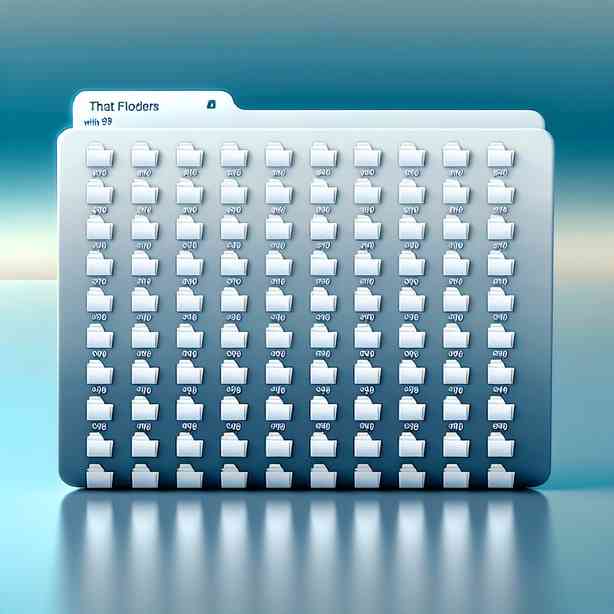
In the digital age, most of us have experienced the peculiar phenomenon of opening a folder and encountering a multitude of untitled files. Commonly, this scenario might elicit a mix of confusion and curiosity. Each file, often labeled as simply “Untitled,” raises questions about its contents, origin, and purpose. Despite their commonality, these files represent a unique aspect of digital organization and information management. In this discussion, we will explore the reasons behind the existence of these files, effective ways to manage them, and the implications for productivity and creativity.
To begin with, it is essential to understand why untitled files come into existence in the first place. Often, users create new documents quickly without taking the time to name them, particularly in situations where inspiration strikes suddenly. This impulsive action is often motivated by a desire to capture thoughts, ideas, or data without losing them in the moment. However, as we become engrossed in our tasks, these files can accumulate quickly, leading to a cluttered workspace. They can become a source of frustration when we realize that our digital environment is as chaotic as a cluttered desk.
The importance of naming files cannot be overstated. A meaningful title to a document serves not only as a label but also provides context. When you revisit a folder filled with named files, the purpose and importance of each document become immediately clear. Effective file naming can enhance our ability to locate and organize information efficiently, which is essential for both personal and professional success. Thus, creating a habit of naming files upon creation can save time and reduce stress later on.
The next logical step is to look at how we can manage those pesky untitled files. One effective strategy is to set aside dedicated time at regular intervals to review and organize your digital clutter. During this period, go through the folder containing the untitled files and start naming or categorizing them based on their content. You might find that some files are redundant and can be deleted, while others deserve a more appropriate title. This exercise not only tidies up your digital environment but also encourages reflection on the work you’ve done, allowing for a deeper assessment of your projects and ideas.
Another strategy to manage untitled files is to implement a consistent naming convention. A clear guideline can simplify the process of naming files. For instance, incorporating dates, project names, or keywords can help you quickly identify the purpose of each document. Additionally, keeping your naming styles consistent across different projects leads to a sense of uniformity and organization, which is key to efficiently managing digital content. Remember that an organized folder system can enhance clarity and help you navigate your files more easily.
Moreover, leveraging tools and software designed for document management can be incredibly beneficial in taming untitled files. Many applications allow users to implement tagging systems or employ artificial intelligence to categorize documents automatically. These tools can significantly speed up the process of organizing files and may even provide recommendations for better naming practices. This technological assistance can grant users a sense of relief, knowing that the risk of accumulating untitled files is minimized and that workflows become more streamlined.
It’s also worth considering the psychological effects of an organized digital workspace. Much like a tidy physical environment can lead to enhanced productivity, a well-maintained digital space can do wonders for mental clarity. When our folders are filled with named and categorized files, it eliminates distraction and fosters focus on the tasks at hand. Conversely, a folder cluttered with untitled files can incite anxiety and overwhelm, making it difficult to concentrate on creative or essential work. By recognizing this connection, we can appreciate the value of maintaining an organized digital environment as a means to enhance our productivity.
Additionally, creating a habit to name files intuitively at the moment can serve as a practice in mindfulness. This simple action allows us to stay present in our workflow instead of drifting into phases of chaos. Realizing that each file is a representation of ideas, tasks, or insights lends greater significance to the process of documentation. By fostering a respectful relationship with our files, we also promote a culture of diligence and intentionality in our work.
In conclusion, while the existence of those 99 untitled files may seem trivial, it serves as a gateway to understanding the importance of digital organization. By examining how these files come into being, the implications of poor naming practices, and the strategies for management, we can transform our digital clutter into a well-organized resource. Cultivating habits of mindful file naming, utilizing digital tools, and frequently organizing our digital space can ultimately enhance productivity and creativity. So the next time you encounter that folder filled with untitled files, take a moment to engage with them. Name them, organize them, and view them not as a hindrance, but as an opportunity for clarity in your digital life.


